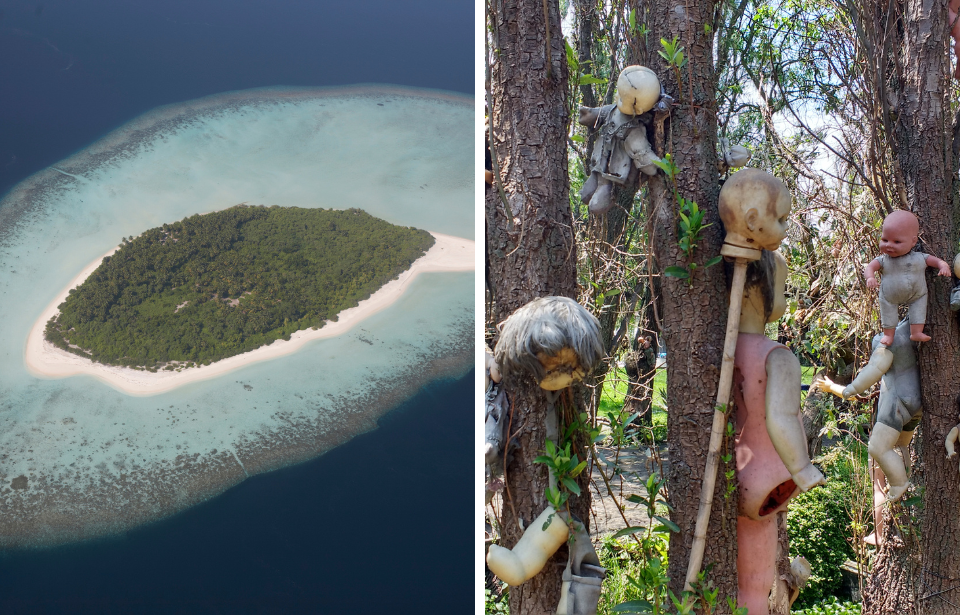The Earth, a planet meticulously scanned by satellites and human curiosity, still harbors places untouched by human settlement. Among these are vacant islands, each with its unique story, often shrouded in mystery and natural beauty. These islands, devoid of permanent human residents, offer a glimpse into the untouched, the unexplored, and the purely natural.
Fort Carroll
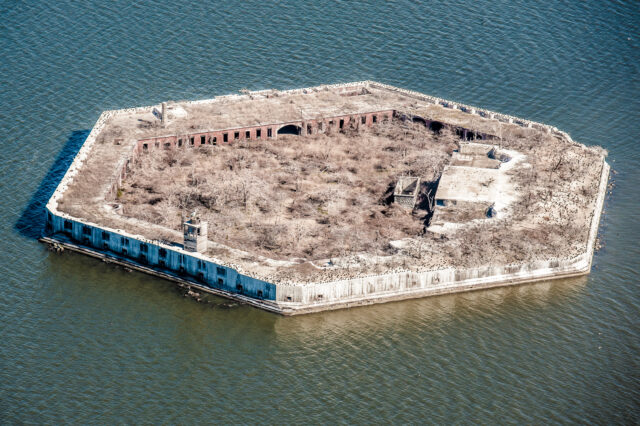
Commissioned by General Robert E. Lee, Fort Carroll was intended to protect Baltimore. Despite its fortification, it never saw combat and was later abandoned, now a sanctuary for birds and a curiosity for urban explorers.
Bouvet Island
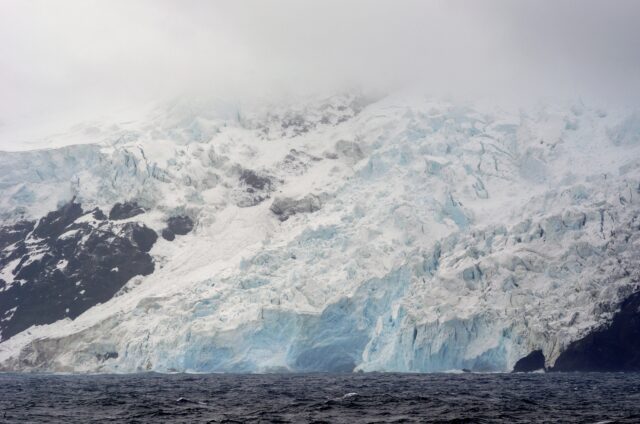
Discovered in 1739 and later claimed by Norway, this glacier-covered island serves as a nature preserve, its isolation and harsh conditions deterring human habitation. While it no longer shows signs of human life, a nearby research station helps to maintain the island.
Ilha da Queimada Grande
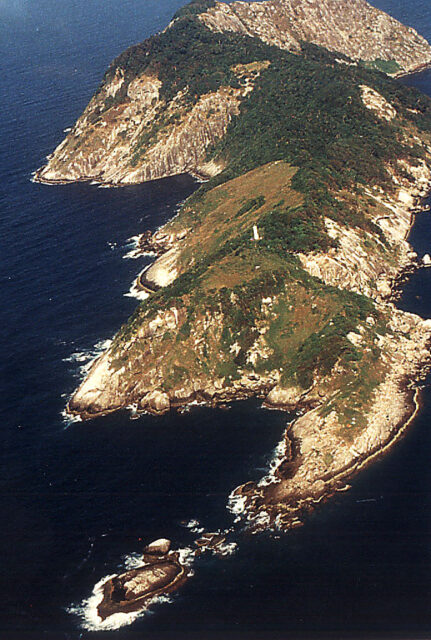
Also referred to as “Snake Island,” Ilha da Queimada Grande is home to thousands of golden lancehead vipers. The island is off-limits to humans, a measure to protect both the deadly snakes and potential human visitors.
Surtsey, Iceland
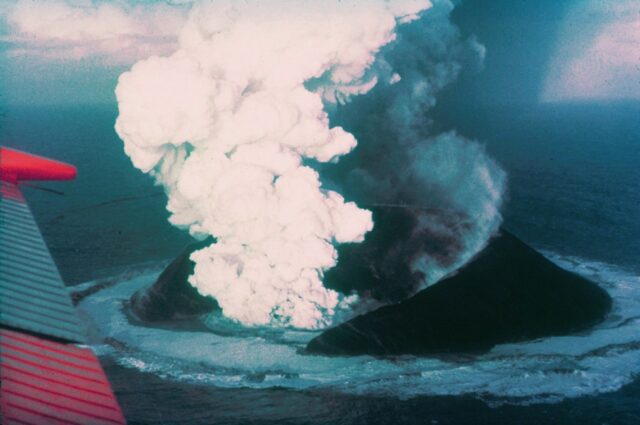
Formed by volcanic eruptions in the 1960s, Surtsey is a restricted research area, having been since 1964, to allow scientists to observe how life takes hold on new land.
Devon Island
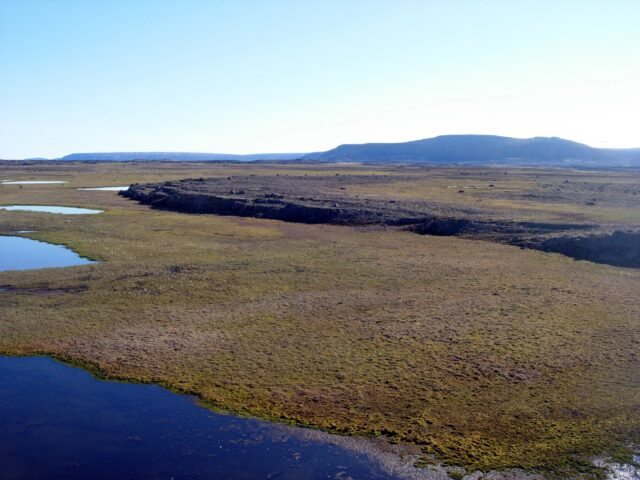
The largest uninhabited island in the world, Devon Island boasts Mars-like conditions that make it an ideal location for space research and astronaut training. While researchers are granted access to the island, it is not for permanent human settlement.
Poveglia Plague Island
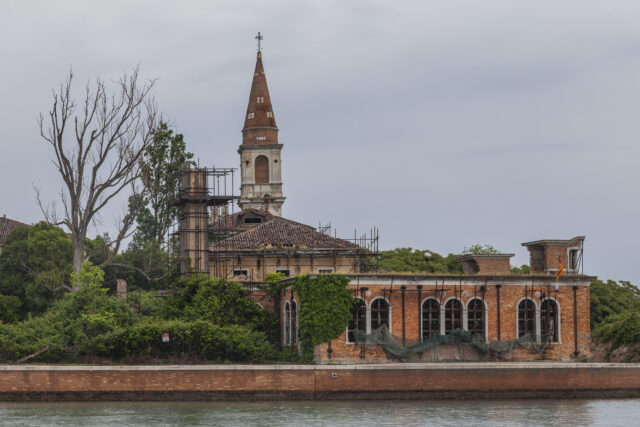
The artificial island of Poveglia, Italy, was built in 1793 to help separate the ill from the rest of the population during plague outbreaks. Its history of quarantine and mental hospital horrors has caused many to believe the island is haunted, its visits strictly regulated.
Gruinard Island
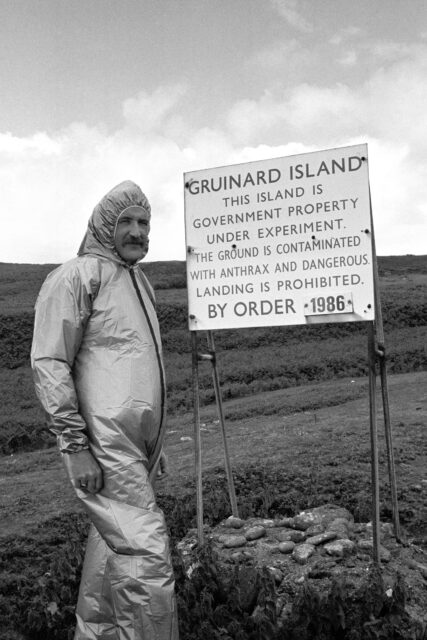
Once used for biological weapons testing during the Second World War, Gruinard Island was off-limits for decades. Despite being declared anthrax-free since 1990, the island remains uninhabited.
Clipperton Island
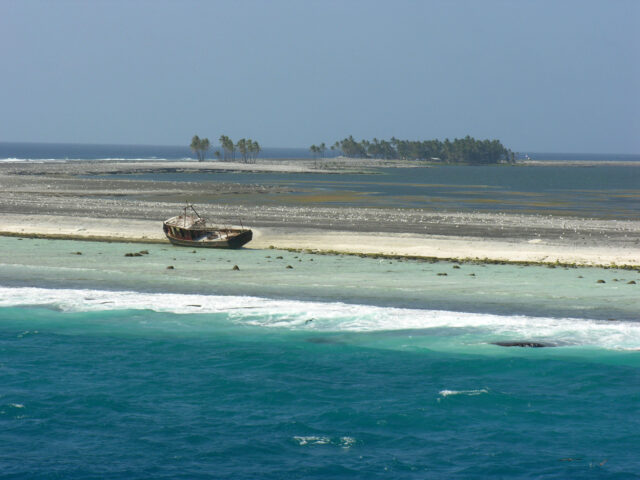
Once rumored to be a pirate hideout, this island was claimed by the French government in 1855. While this atoll remains uninhabited, past claims to its ownership have been disputed by both the United States and Mexico, likely motivated by fishing rights.
Isla de las Muñecas
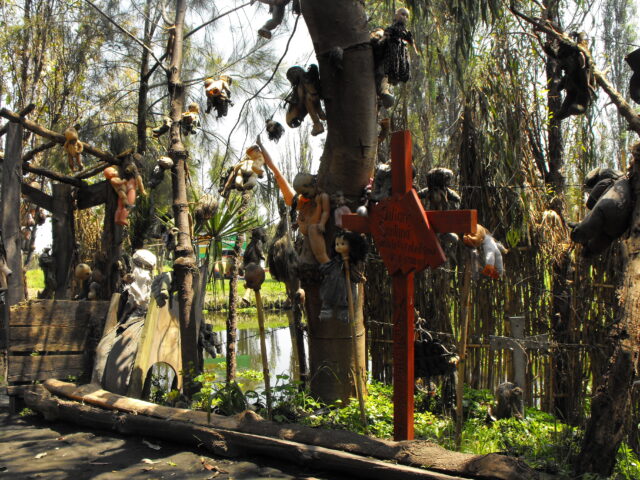
After Don Julián Santana witnessed a girl drown while trying to rescue her, he covered the island in dolls to appease her spirits and the spirits of others. The creepy dolls have since turned this island into a tourist attraction, but it lacks any permanent human settlement.
Runit Island
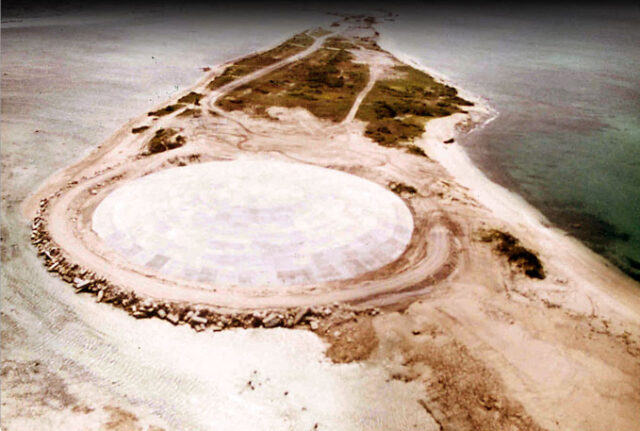
Housing a massive dome of nuclear waste, also referred to as “The Tomb,” this island is a stark reminder of Cold War testing. The nuclear waste present could maintain the island’s contamination for over 24,000 years, making Runit Island devoid of life except by those salvaging scrap metal.
The Great Pacific Garbage Patch
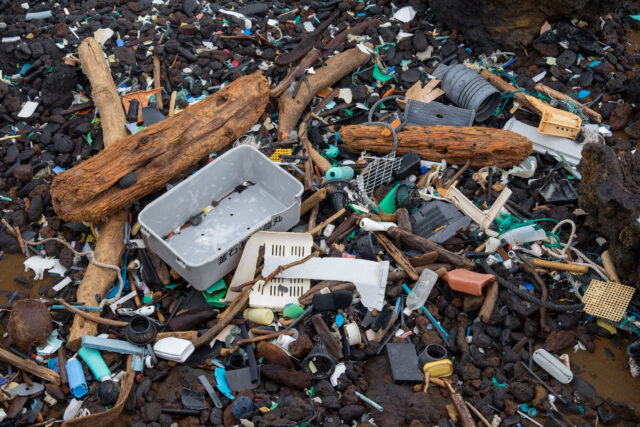
A vast collection of microplastics that has grown large enough to form a series of pseudo-islands, this environmental hazard underscores the impact of human waste on the planet. While the contaminants aren’t solid enough for anyone to stand on, they are still clearly distinct enough to chart on a map.
Bikini Atoll
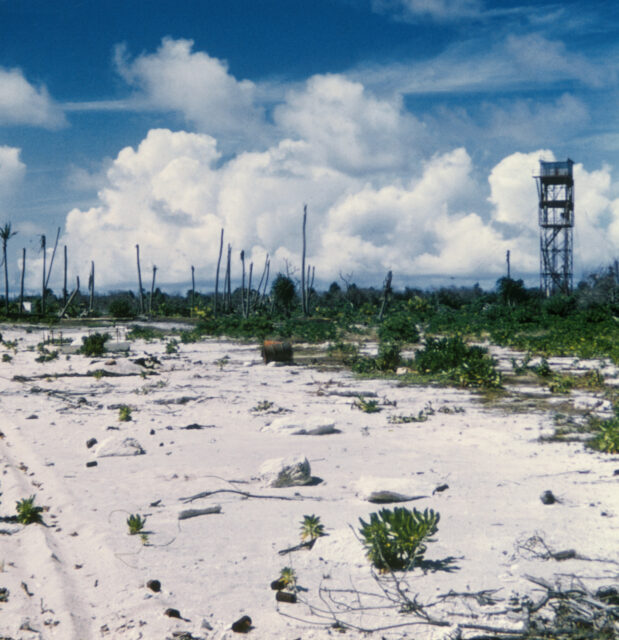
Once a site of nuclear tests, the indigenous population that lived here was displaced by the US government, making it uninhabited. Its lingering radiation makes it uninhabitable, and whatever vegetation grows there is unsuitable for consumption.
Hashima Island
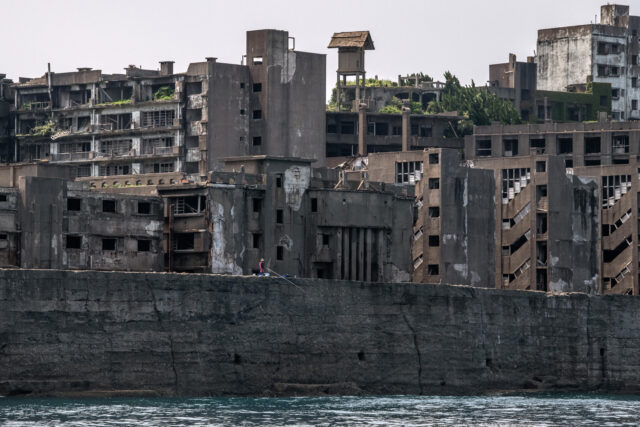
During the 1950s, approximately 5,000 people gathered to live on this 15-acre island, making it one of the most densely populated places on the planet at the time. However, Hashima Island was left to decay after its coal mines were depleted, and its structures were left behind as a haunting tourist destination.
Bear Island
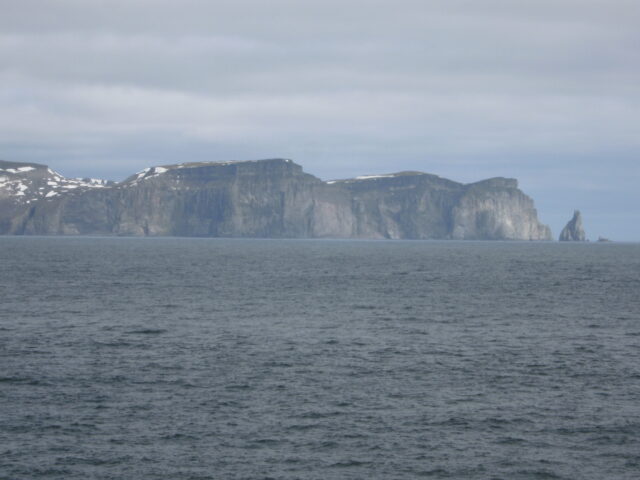
Bear Island is home to 126 different bird species, featuring one of the largest seabird colonies in the northern hemisphere. It is considered one of Europe’s last intact ecosystems, and with no permanent residents, its untouched nature offers a perfect sanctuary for numerous species.
Poplar Island
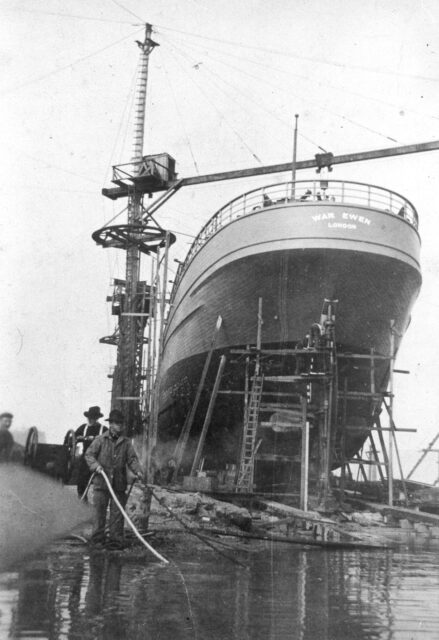
Located near British Columbia, Canada, this island was once a site of industry and disease containment. The island has since been left to nature, now covered in a densely packed tree growth.
Aldabra Atoll
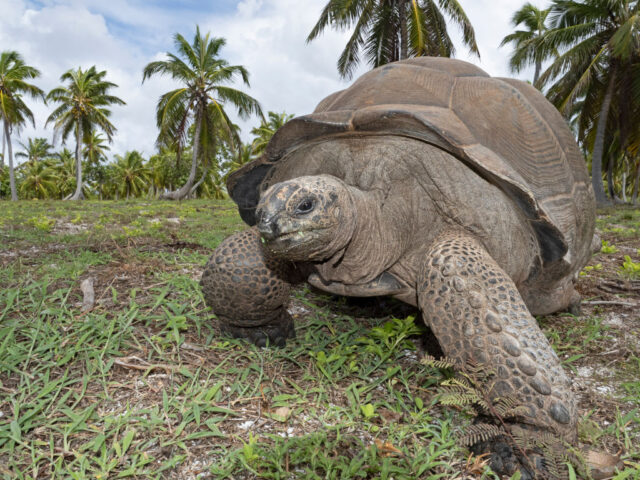
Surrounded by coral reefs, this atoll has remained untouched by humans, safeguarding the world’s largest population of giant tortoises. About 152,000 giant tortoises have been protected, making it the largest in the world.
Read more: Castle Acre Priory Was Abandoned Thanks To King Henry VIII
These vacant islands, scattered across the globe, serve as reminders of the planet’s vastness, its mysteries, and the delicate balance between human presence and nature’s domain.
